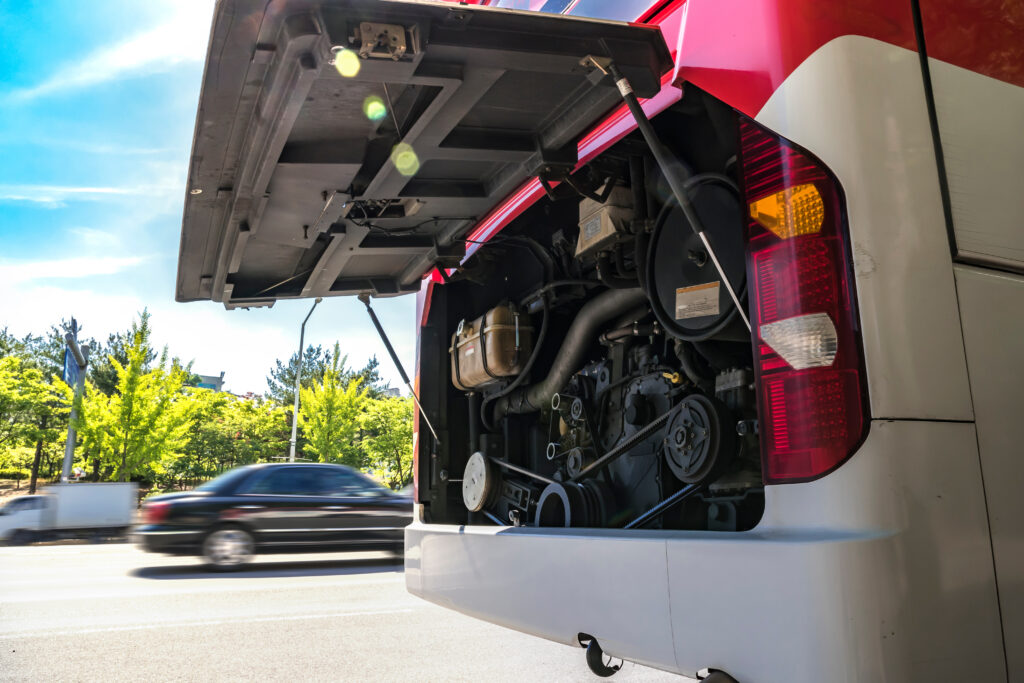A January report from the Federal Transit Administration and the Volpe National Transportation Systems Center estimates that U.S. public transit systems – including buses, trains, facilities, and control systems – require approximately $140.2 billion in repairs and upgrades to maintain a “state of good repair” as of 2022. This backlog has surged $38.8 billion since 2018, now representing about 10% of the total $1.3 trillion transit asset value. The rapid increase is driven by rising inflation, network expansion without long-term maintenance funding, updated asset inventories, and revised cost calculation methods.
The report highlights that “systems” assets, such as signaling and fare collection, are in the worst shape, with over 21% rated poor, more than double the deterioration rate of other asset types. Guideway elements (tracks, tunnels, bridges) are the costliest replacement category at an estimated $600 billion, followed by station infrastructure at approximately $300 billion, then vehicles at approximately $200 billion. While bus fleet repair needs have slightly declined, largely thanks to funding from the 2021 Infrastructure Investment and Jobs Act (IIJA), maintenance backlogs for rail vehicles have surged, especially heavy-rail and commuter rail, now accounting for a significantly larger share of deferred needs. Transit providers nationwide continue reporting service modifications that are necessary because of maintenance issues.
The report illuminates the growing gap between necessary maintenance and the funding available for it. IIJA has been crucial for many providers but most of that funding is limited to large-scale capital projects, requiring providers to look elsewhere to meet the maintenance funding deficit.
